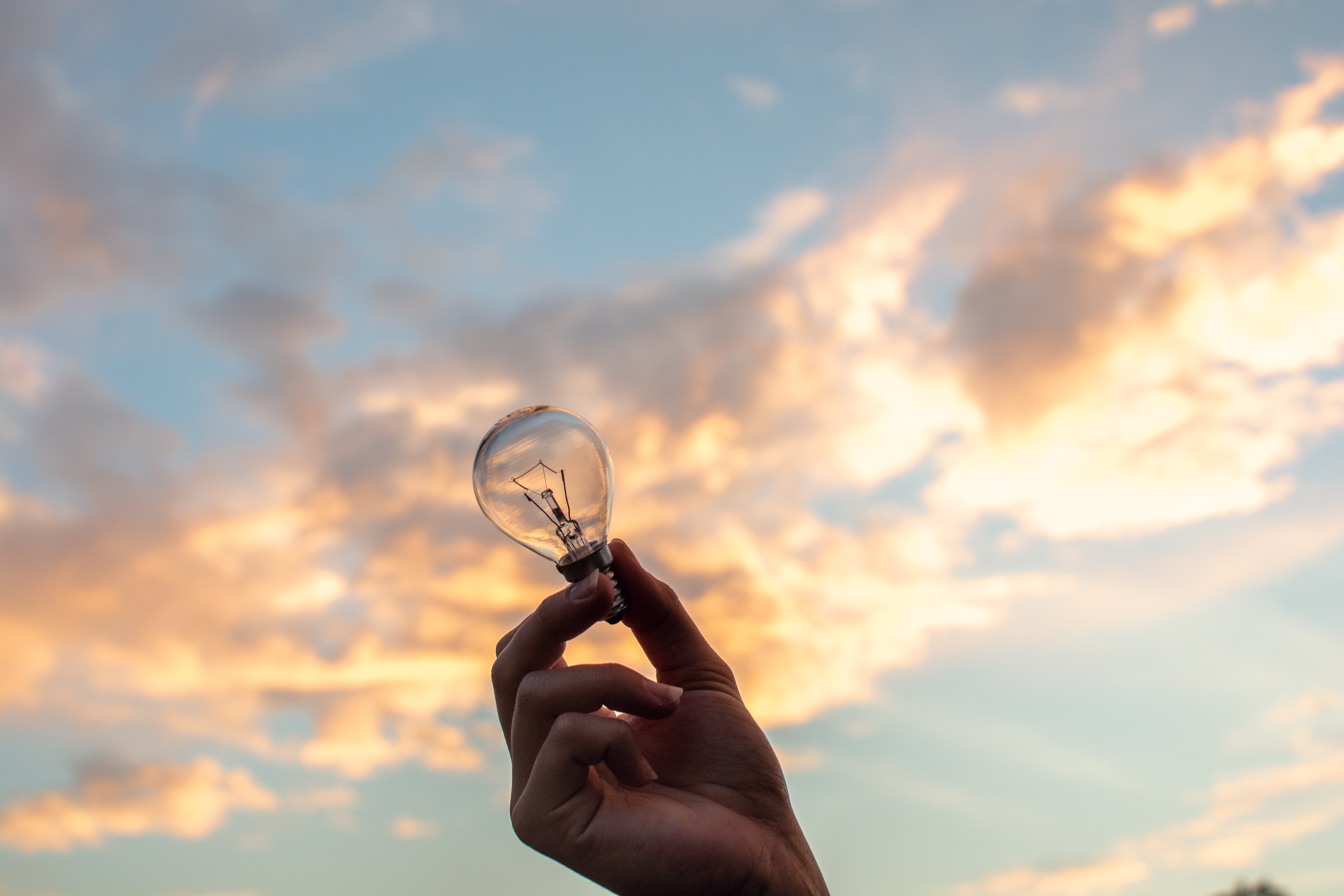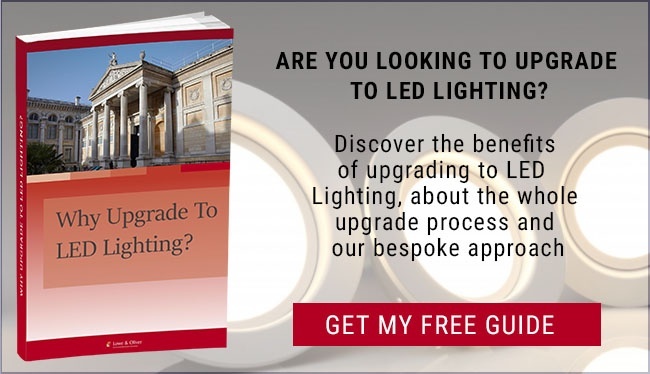
Halogen lights are small-scale, high-lumen lightbulbs that use inert, neutral gasses (i.e. halogens) around a tungsten filament to provide illumination. Halogen shielding increases the lamp's brightness, efficiency, and lifespan. Commercially available since 1959, halogen bulbs are today used wherever crisp, clear, intense lighting is needed, and form part of the lighting architecture in many public and commercial buildings.

What Defines Halogen Lights?
Although physically similar in appearance, halogen lights work differently from other filament bulbs, and from LED lighting. In a traditional glass bulb, a thin incandescent filament is agitated by a high-wattage electrical current to glow brightly. While this works well enough for producing low-level lighting, most filament light bulbs also produce a lot of waste heat, are energy intensive, and burn out quickly.
Adding atmospheric halogen protection in a sealed high-resistance quartz-glass chamber lets high-wattage tungsten filaments safely reach internal temperatures of up to 700 °C. Heavily pressurised halogen gas (i.e. bromine, chlorine, iodine) absorbs and cushions the current's heat envelope, intensifying the lamp's beam. Secondary filters and 'buffer' bulbs help protect the delicate filament chamber from shocks and jolts.
Better filament survivability means higher light levels, better conversion efficiency, and brighter luminosity.
A unique phenomenon (known as the halogen cycle) also allows halogen filaments to steadily self-repair. Evaporated tungsten atoms combine with those of the inert gas and 'float' back to the filament, greatly extending the bulb's lifespan. As a result, halogen bulbs will last for up to c.2000-4000 (running) hours (against 500-1000 for a standard incandescent bulb).
Five Advantages of Using Halogen Lights
- Bright white light - great for framing and highlighting larger rooms, detailed surfaces, and colourful decor.
- Compact and customisable - halogen bulbs are small and versatile enough to fit miniature floodlights, low-profile spot beams, and indented fixtures.
- Dimming and fading effects - variable voltage compatibility makes halogen lights ideal for use with level-control light switches.
- High cri levels - halogen bulbs offer superb colour clarity (cri 80-100) and 'realistic' rendering, benefiting 'true' colour spaces.
- Optical adaptability - different reflectors, funnels, and mirror enclosures let halogen bulbs accent, direct, focus, and flood with ease.
Are Halogen Lights Being Phased Out?
Although halogen lights are an improvement on incandescent bulbs, they are not as efficient or sustainable as LED lighting. From 1st September 2023, therefore, most high-energy halogen bulbs will be illegal to sell, import, and advertise in the UK. A widespread desire to cut the UK's greenhouse emissions to create a cleaner world is behind the switchover.
Why? The arrival of affordable semiconductor LED (light-emitting diode) arrays in the 2000s made halogen lighting essentially obsolete. LED bulbs are brighter, cheaper to run, require less electricity (per kWh), carry smaller carbon footprints, and can last for up to 50,000 hours.
Some businesses will still be able to buy and use halogen bulbs in existing lighting systems. Special retail exemptions are obtainable for accredited art and design, broadcasting, and commercial installation suppliers, for example.
Find Out More
At Lowe and Oliver, we design, install, and maintain energy-efficient lighting systems for commercial, public, educational, and heritage buildings. To discuss your lighting requirements with one of our experienced electrical engineers, or to request a quote, please call 01865730881 today.
Image Source: Pexels



